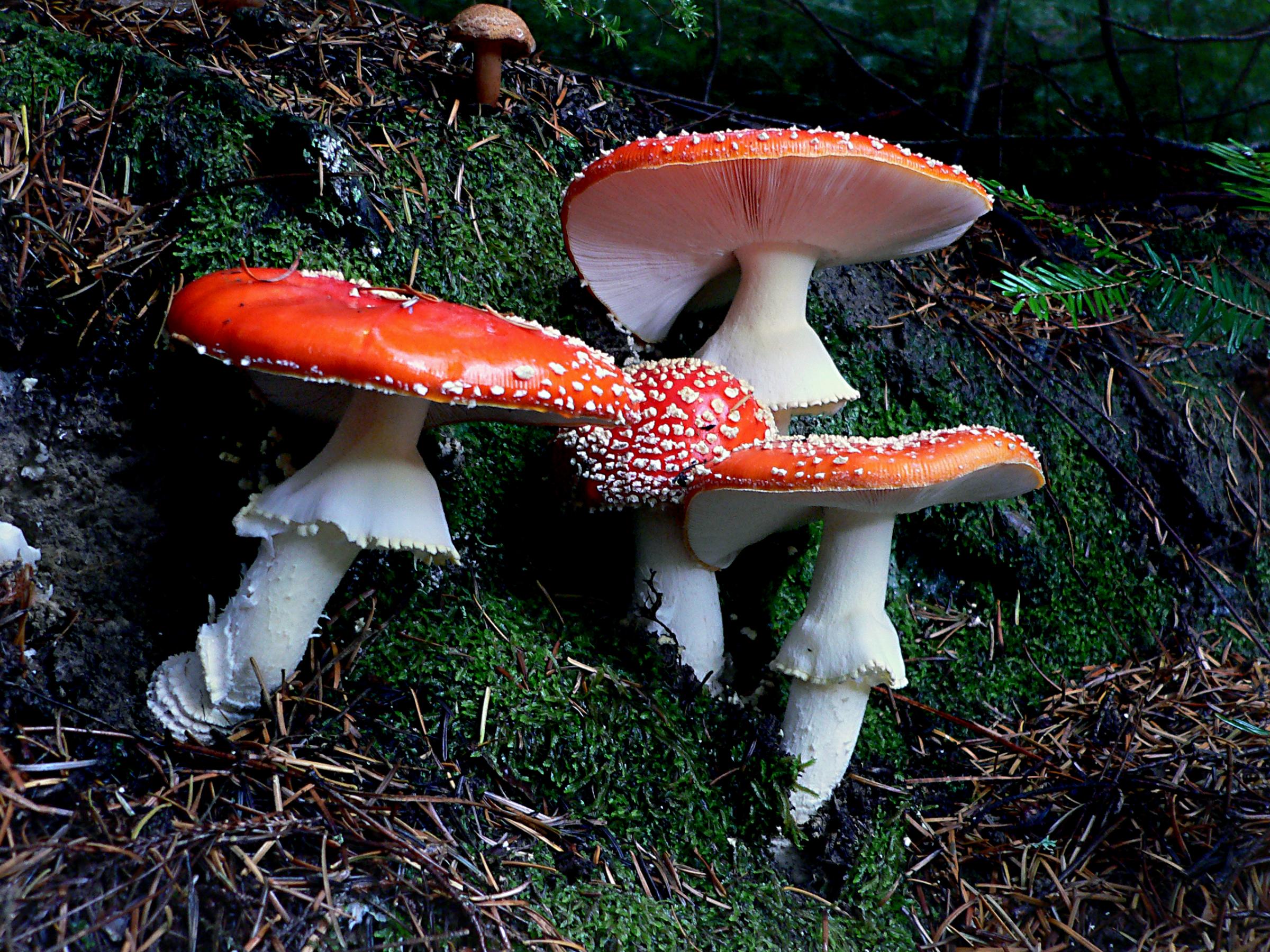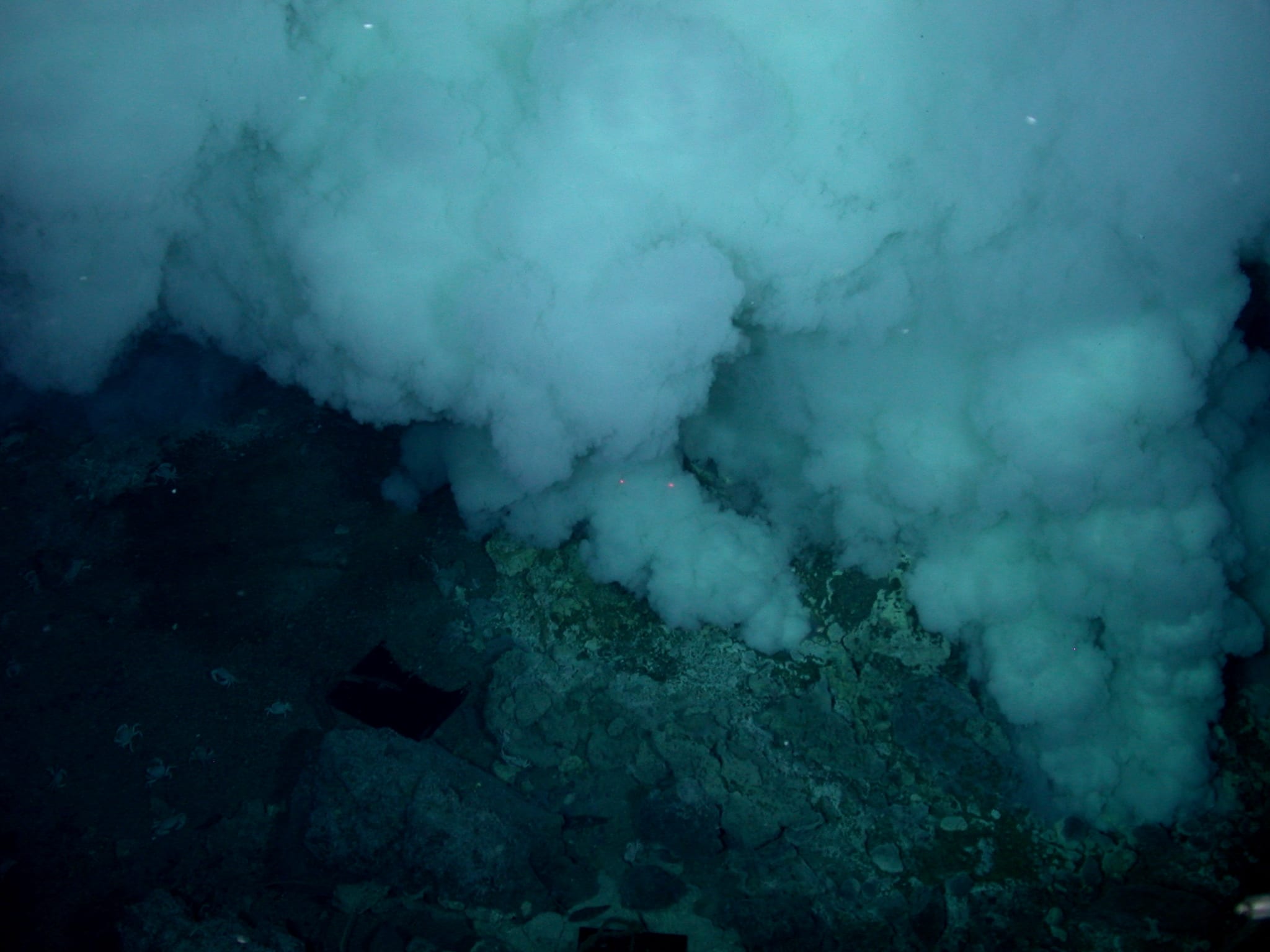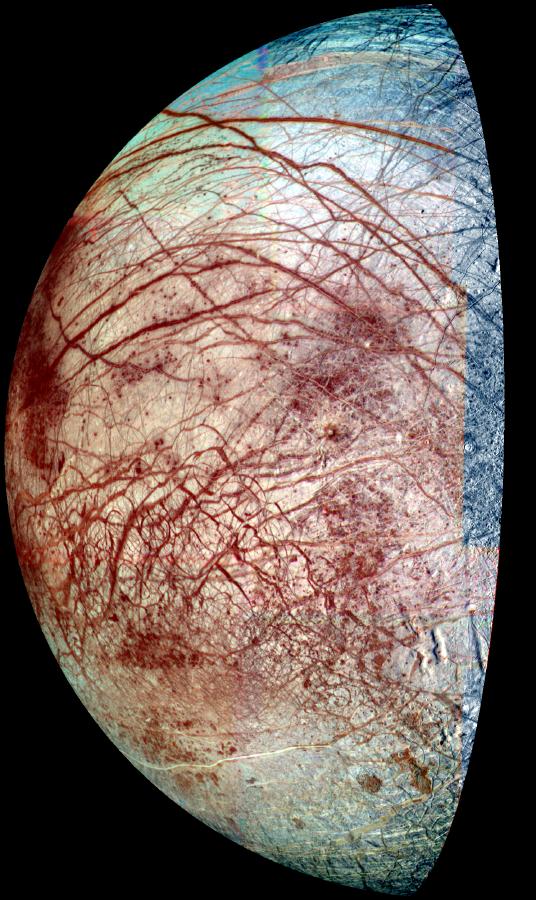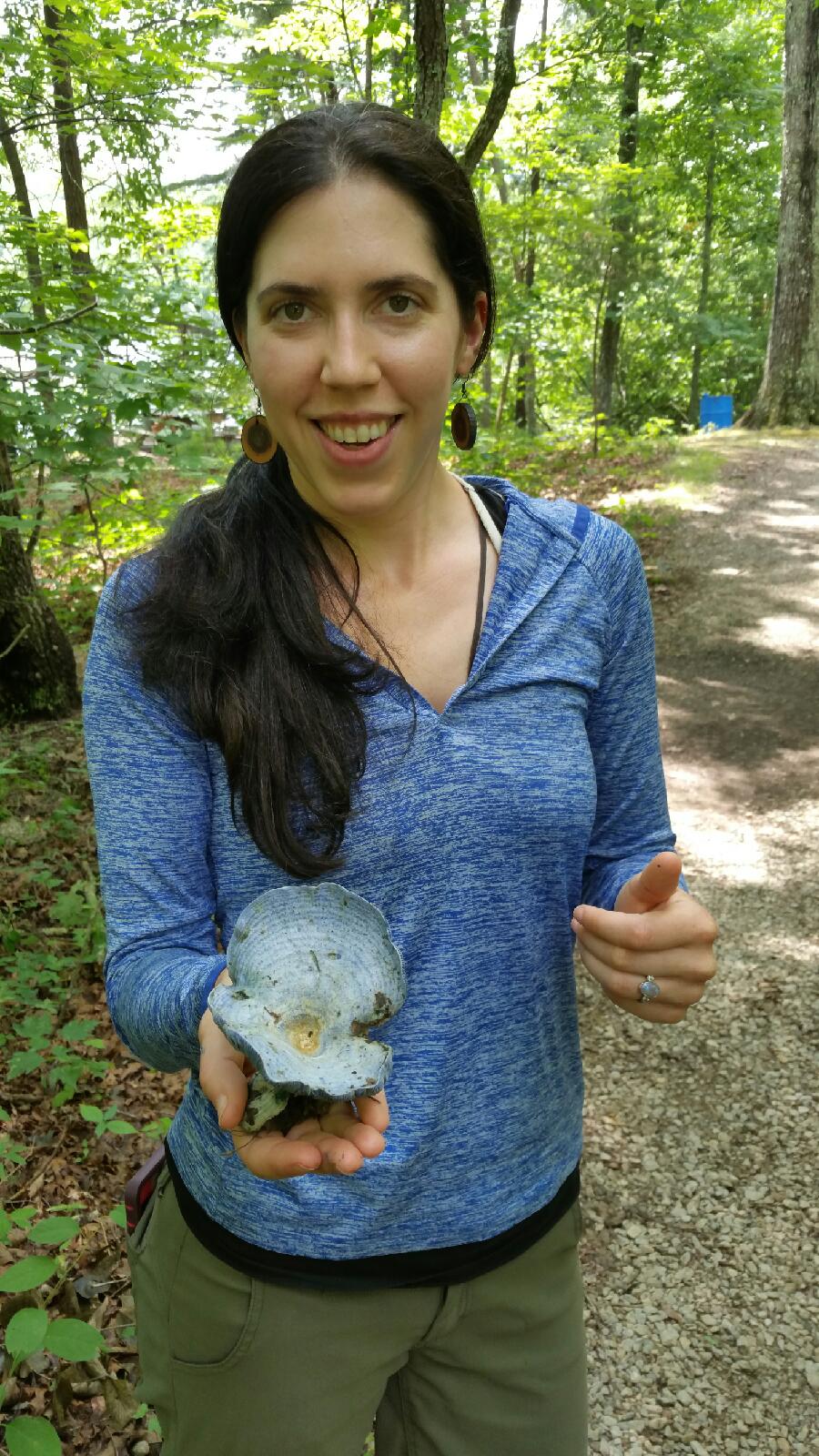When you think about fungi, where do you imagine they are found? Do you think of cute little red mushrooms on the forest floor, complete with frolicking gnomes? Maybe you are reminded of the bright blue mold that makes blue cheese so odiferous yet delicious or the yeasts that make the beer, wine, or kombucha that so many of us enjoy possible? Or maybe you are simply reminded of that black mold hanging out in your shower grout at home. But did you know that fungi are also found in some of the most extreme environments on earth, including deep beneath the ocean?

Marine fungi have been found in some of the most incredible locations, places where many other organisms don't dare to tread. From hydrothermal vents and the base of underwater volcanoes to hundreds of meters below the seafloor and deep within the ice cold waters of the Antarctic ocean, fungi can be found in nearly every environment.
Hydrothermal vents are fissures within the earth's oceans where tectonic plates have spread apart and where magma that flows beneath the earth's crust wells close to the surface. These vents, where water temperatures can exceed 400°C (750°F), are home to numerous species of marine fungi. The fungal species found in these vents don't look like the mushrooms found in the produce section. They lack the fruiting body (what we call a mushroom) characteristic of many of the macroscopic fungi we are familiar with. Rather, they are microscopic, sometimes even single-celled, and lack the visual characteristics we usually associate with their pizza-dwelling cousins. Though fungi were thought to have first evolved terrestrially, genetic studies of some hydrothermal vent dwelling species have led to speculation that fungi may have first arisen in marine environments – long before they made the jump to less soggy terrestrial habitats. If this were the case, it would lend new insight into the evolution of life on earth.
Marine fungi may also lead to new advances in medicine. Antibiotic resistance of infection-causing bacteria is a growing issue. Many effective antibiotics used today are produced by fungi as secondary metabolites, which ward off other microorganisms that would act as competitors for their food and space. Newly discovered species of marine fungi could yield novel antibiotics, providing an avenue to fight antibiotic-resistant pathogens.
One such example is a new species of Penicillium, the group of fungi from which the lifesaving antibiotic Penicillin was first produced. This new species was described in 2010 when scientists drilled into marine sediment layers of the South Pacific Ocean collecting samples for analysis. Some samples were taken from as much as 127 meters deep, approximately the same height as the Great Pyramid of Giza. From these sediments, scientists were able to isolate living fungal cells. Researchers determined that these fungi (including the new Penicillium species) were unknown until now, though some had relatives on land. One of these newly discovered species could produce even the next Penicillin-like antibiotic.

Furthermore, marine fungi are no longer restricted to their ancient ocean sediment dwelling lifestyle, thanks to researchers at NASA. In 2017, researchers brought cultures of Penicillium chrysogenum aboard the International Space Station, where they were grown and observed in microgravity for a year. Growth in microgravity can prompt fungal species to produce different secondary metabolites than they do here on Earth. This could lead to the development of novel antibiotics and new means to combat infections.

In the future, we may use what we have learned about marine fungi to search for life on other planets. Europa, one of Jupiter's moons, is covered by a thick layer of ice, beneath which may flow a salty ocean, complete with hydrothermal vents. If there is liquid water on Europa, then it is possible that other necessary components to support life may also be present; life that could, theoretically, bear similarities to marine fungi found here on Earth.
The European Space Agency will launch a probe in 2022 in an effort to learn more about the moons of Jupiter, including Europa. In the meantime, scientists are studying the microbial (including fungal) communities of marine lakes, the closest analog we have to the environment of Europa, to determine what microbial life could be like beneath Europa's frozen surface. Greater understanding of the fantastic diversity of marine fungi may not only hold incredible potential for the betterment of life here on Earth; it could, in fact, be out of this world.
About the author:
 |
Megan Buland is a graduate student in the Warnell School of Forestry & Natural Resources at UGA, where she studies forest health and microbial community ecology. When not visiting field sites or working under the flow hood, Megan is passionate about environmental communication and education, and exploring in nature. She enjoys rock climbing and hiking and loves her dog, Madra. You can reach Megan at megan.buland@uga.edu. More from Megan Buland. |
About the Author
- athenssciencecafehttps://athensscienceobserver.com/author/athenssciencecafe/April 17, 2020
- athenssciencecafehttps://athensscienceobserver.com/author/athenssciencecafe/April 12, 2020
- athenssciencecafehttps://athensscienceobserver.com/author/athenssciencecafe/April 3, 2020
- athenssciencecafehttps://athensscienceobserver.com/author/athenssciencecafe/March 30, 2020







